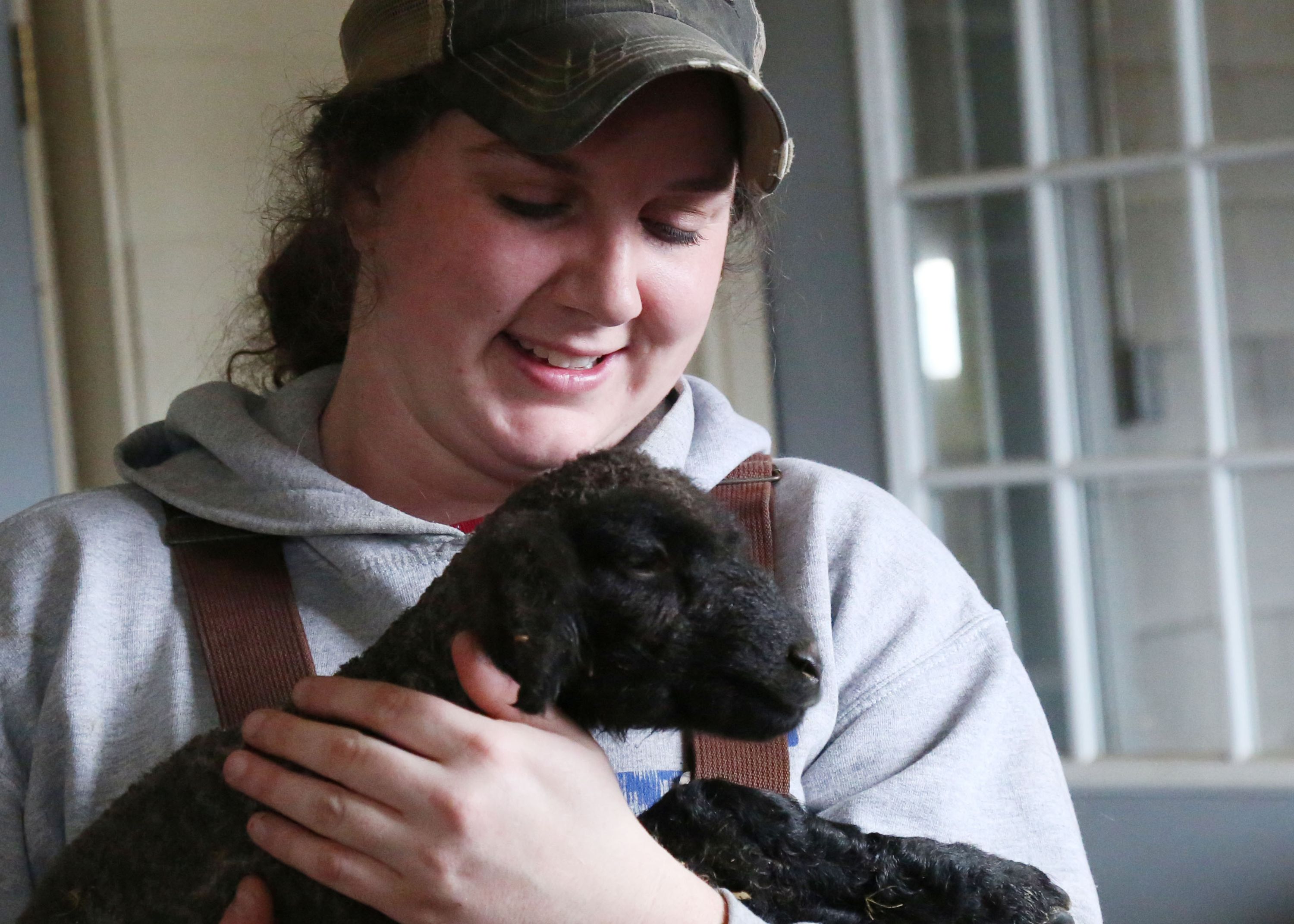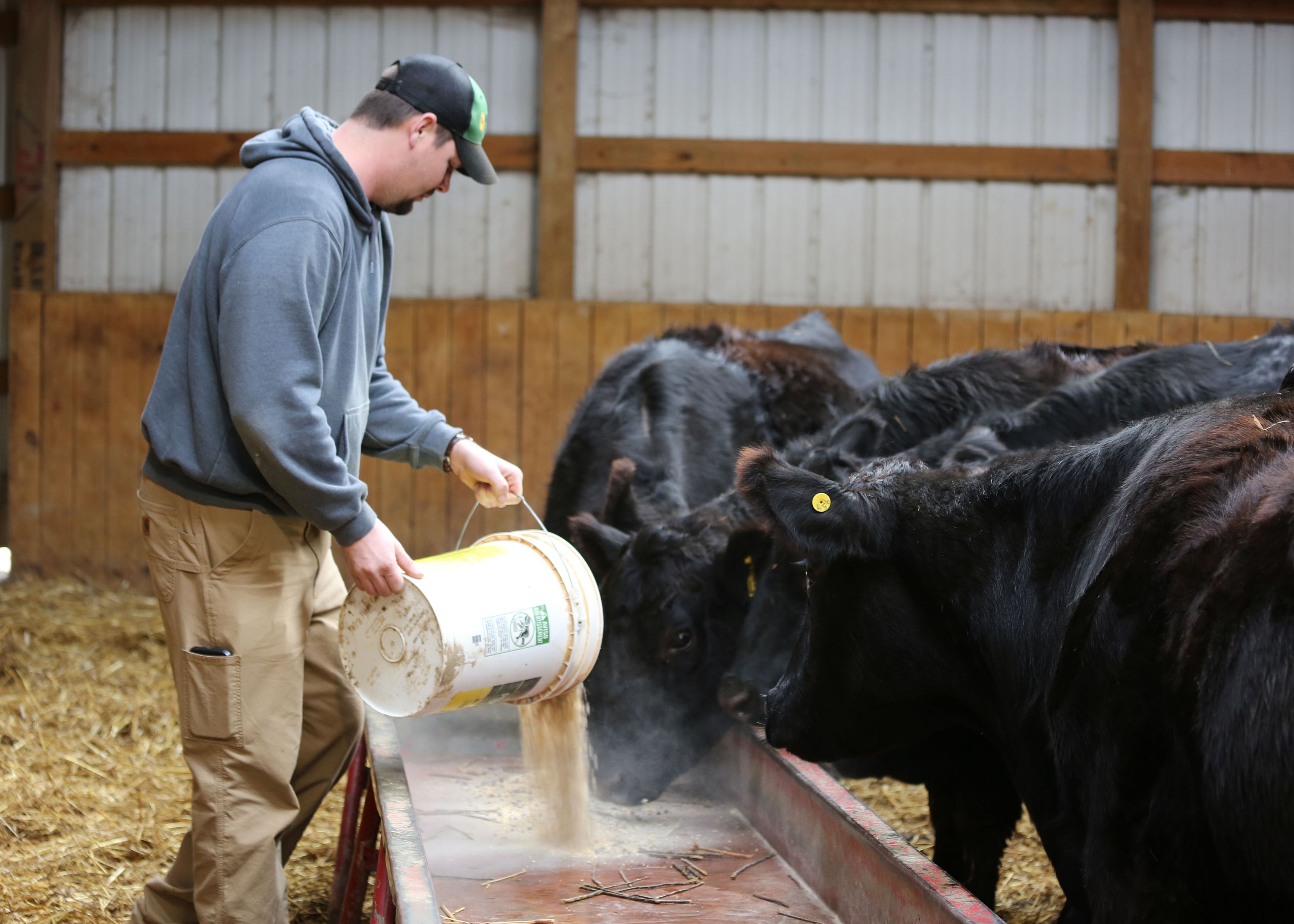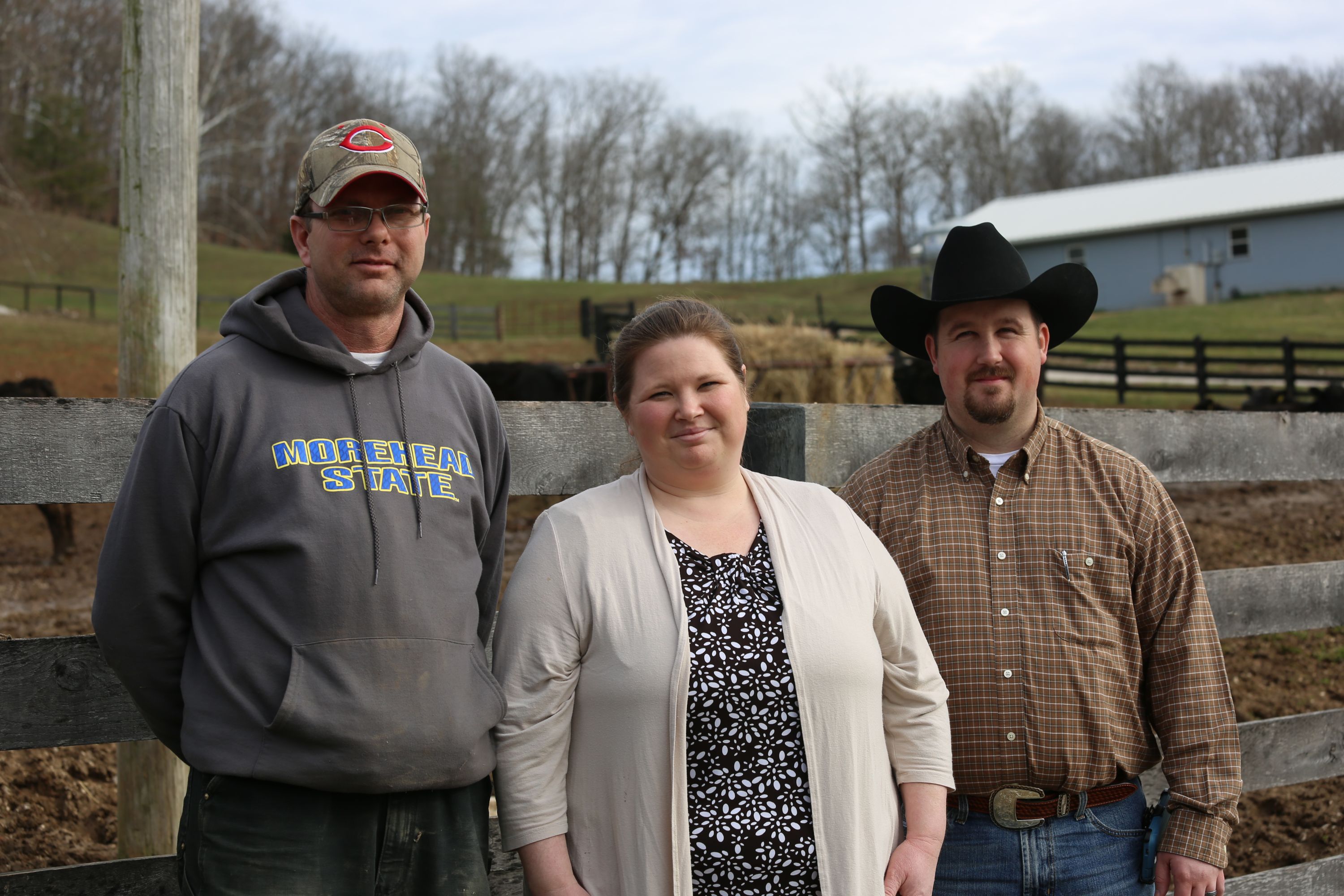Learning More about Animal Agriculture: A critical component of the ag industry
Posted on Feb 13, 2017In Kentucky, animal agriculture represents well over half of the ag economy when taking into account all livestock sectors.
Most of this can be attributed to tradition but because of the investments made in the whole industry much of which comes from the Kentucky Agricultural Development Fund, not only has livestock production grown but animal quality remains important and is exceptional in many cases.
What helps solidify this excellence of animals is the attention given by producers who know and understand the importance of making animal care paramount in their operations.
Drs. Flint and Patricia Harrelson also understand this practice and live it every day by teaching animal science at Morehead State University. The husband and wife team are assistant professors at MSU and lead students not only by way of books but through hands-on applications at the university’s nearby farm facility, the Derrickson Agricultural Complex.

One of the first things the pair talks about with their students is career related and finding out what those new students want to do.
“One of the great things about animal science but also scary, is there’s a wide spectrum of what they can do with their degree. Explaining the different avenues that they can go down and making sure they make those connections is one of the critical parts that we try to establish, initially,” said Patricia.
One thing that is confusing about being animal scientists is, many people including some students think the Harrelsons are veterinarians.
“Making students aware that there are so many different things they can do besides being a vet or working in a veterinarian’s office or even raising livestock. It is a broad scoping major and there are a lot of opportunities,” said Flint.
While many of their students come from a farming background or have participated in organizations such as FFA or 4-H, many still don’t realize all of the career opportunities available through an animal science degree.
Discovering these career avenues is but one of many steps involved in teaching these young people about animal agriculture and its importance in the overall ag industry.
Even students with backgrounds in livestock production, for instance, find out so much more about the animals including improvement of genetics and understanding principles that make them more sustainable financially and within the environment.
With the entire livestock sector being so valuable to the state ag industry, animal agriculture is playing a bigger and more significant role.
“When you think about all of agriculture, you can’t have one area without the others,” said Patricia. “I teach animal anatomy and physiology from time to time and you can think of the industry as we would of body systems; maybe crops are the circulatory system and you have the animal side that is more of the digestive system. Without one or the other, you’re not going to have a fully functional animal.”

She pointed out that the different ag sectors depend on each other to make the industry as a whole work.
“I don’t think you can have agriculture without animals and I don’t think you can replace one area or take it out,” said Flint. “The system really becomes a full circle even utilizing fecal material as fertilizer to reduce use of chemicals.”
Educating more than just students
Ultimately most of what is produced agriculturally will go to consumers, one way or another and often that is where many of the misconceptions related to animal agriculture originate or at least accumulate.
“One of the big things we do is making sure the students know the difference between animal rights and animal welfare because those are not the same thing,” said Patricia. “Animal welfare is regarding the care and husbandry of the animal and making sure humane practices are being followed. Animal rights is where we see a lot of the advocacy groups that want to do away with animal agriculture and they try to give human feelings to animals. They think we shouldn’t be raising animals for food.”
She added that those differences have to be pointed out and emphasized that all those producing livestock and raising animals want to treat them with care.
“The animals will not be productive unless we take care of them. That means nutrition, bedding, shelter and keeping them healthy,” said Patricia. “A farmer is not going to raise livestock and not take care of them because they won’t be profitable. But more than that, farmers are passionate about what they do and I can’t comprehend why people would think they would mistreat an animal.”
Something else that adds to the misconceptions comes by way of marketing and labeling of foods in the marketplace.
“There is the mislabeling and the marketing aspects verses the truth. Hormone free for instance; there’s no way an animal is hormone free because all animals have hormones just like humans do,” said Flint. “Now, added hormones, we can have a discussion there. And in the event an antibiotic has to be used, that animal can’t be put into food production until a withdrawal period has been realized. That’s the law.”

The Harrelsons said fighting these misconceptions is often tiring but noted that passing on correct information and the proper care of animals to their students will in turn see those students pass on the correct information, as well.
“It will hopefully create a chain reaction and we’re hoping to reach more and more people through the students who will spread this information,” said Patricia.
In today’s environment, advocacy becomes as much a part of animal agriculture and raising and caring for them along with discovering the right career choice.
Both Flint and Patricia see themselves as advocates for agriculture and find themselves more and more having to teach their students about being good advocates. But at the end of the day, the two care about the animals they are teaching their students about and they are passing that along in hopes of more and more people getting a better understanding about the animal side of agriculture.
A real farm experience
MSU Farm Manager Joe Fraley oversees the operations at both of the school’s farming facilities; the Derrickson Agricultural Complex and Browning Orchard, which is near Flemingsburg.
He is involved on a daily basis with the students who are required to work on the farm a few hours each week as part of their degree program.
“This is a working farm which allows students to not only get the science side of agriculture but they also see the hands-on side that makes them more employable when they graduate,” he said. “For some of the students, this is new to them but they are excited to learn new things.”
Fraley added that by being there on the farm, these students are getting a better idea of what animal agriculture is all about working with the Angus cattle, cross bred hogs, cross-bred sheep and horses which are located at the facility.
“It’s extremely important to educate our young people on how to handle these animals in a professional and appropriate manner,” he said. “One of the goals we have with students, especially with those who have not been around farm animals, is to make sure they don’t have any misconceptions about how livestock is raised and to raise the best product we can whether its plant or animal and taking care of it correctly is the most important part.”
Comments